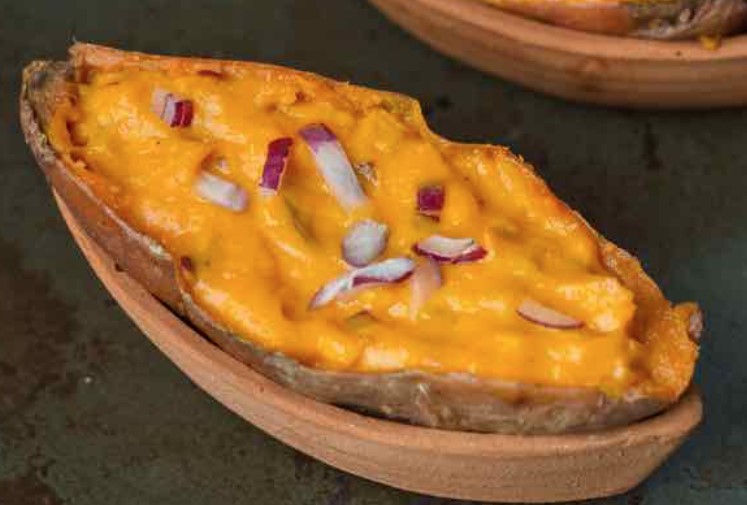Introduction: Papua New Guinean Cuisine
Papua New Guinean cuisine is a diverse and rich mixture of traditional and modern culinary practices. The country’s cuisine is heavily influenced by its geography, cultural diversity, and the availability of ingredients. It is an interesting blend of flavors, spices, and cooking techniques that have been passed down from generation to generation.
Papua New Guinea is home to over 800 languages, and its cuisine reflects this diversity. The mainstay of the Papua New Guinean diet is root vegetables, such as taro, sweet potato, and yam. Fresh fruits, seafood, and meat are also common foods in the country.
The use of spices in Papua New Guinean cuisine
Spices are an essential component of Papua New Guinean cuisine, as they are used to add flavor and depth to dishes. The country has a variety of spices, including both indigenous and introduced spices. These spices are used in various forms, such as fresh, dried, or powdered.
The use of spices in Papua New Guinean cuisine is a reflection of the country’s cultural diversity. Different regions and ethnic groups have their own unique spice blends and cooking techniques that are used to create traditional dishes. Some spices are used for their medicinal properties, while others are simply used to enhance the flavor of a dish.
Commonly used spices in Papua New Guinean cuisine
Papua New Guinean cuisine uses a wide range of spices, including ginger, garlic, chili, turmeric, and coriander. These spices are used in different combinations to create unique flavor profiles for each dish. For example, chili and ginger are commonly used in seafood dishes, while turmeric is used in curries and stews.
Another popular spice in Papua New Guinean cuisine is betel nut. This nut is often chewed as a stimulant and is also used in cooking. It has a slightly bitter taste and is used to add flavor to dishes such as soups and stews.
Heat levels of traditional Papua New Guinean dishes
While spices are used in Papua New Guinean cuisine, not all dishes are spicy. The heat level of traditional dishes varies depending on the region and the ingredients used. Some dishes are mild, while others are hot and spicy.
For example, the national dish of Papua New Guinea, mumu, is a stew made from pork, sweet potato, and taro. It is typically not spicy, but some variations may include chili peppers for those who prefer a spicier flavor. On the other hand, a dish like kokoda, which is made from raw fish marinated in lime juice and coconut cream, is often served with chili peppers and can be quite spicy.
Regional variations in spiciness
Papua New Guinea has many regions, and each region has its own unique culinary traditions. The spiciness of dishes can vary greatly from one region to another. For example, dishes from the highlands tend to be milder, while those from coastal regions can be quite spicy.
In general, the spiciness of a dish is determined by the region’s climate, availability of ingredients, and cultural influences. For instance, dishes from the Sepik region are known for their use of local spices such as galangal and turmeric, while dishes from the Highlands may use more root vegetables and milder spices.
Conclusion: Is Papua New Guinean cuisine spicy?
In conclusion, Papua New Guinean cuisine is not necessarily spicy, but it does use a wide range of spices to create unique and flavorful dishes. The heat level of a dish depends on the region, the ingredients used, and the cultural influences. Regardless of the level of spice, Papua New Guinean cuisine is a delicious and diverse culinary experience that is worth exploring.

